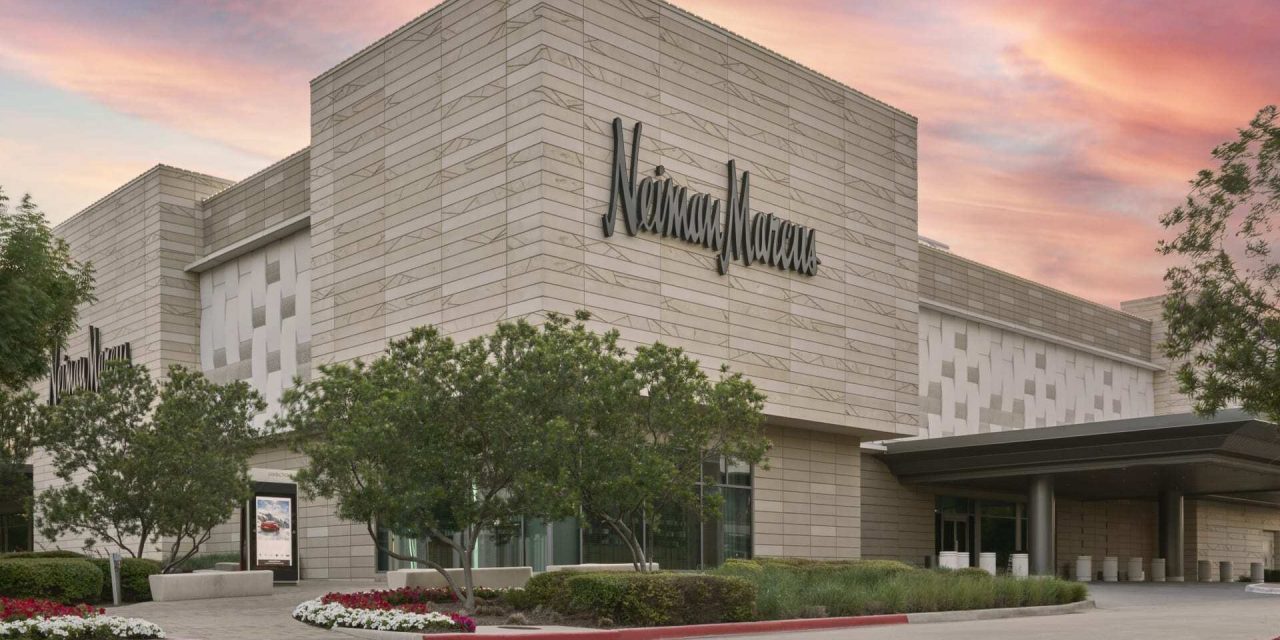Why item repair is a customer loyalty tool for Neiman Marcus & Filson

When Neiman Marcus Group decided to start marketing its repair and alterations services in 2021, it set a goal of getting more than 1,000,000 items repaired, altered or resold by the year 2025. But the efforts were so popular it surpassed that deadline two years ahead of schedule.
Neiman Marcus Group, the parent of Neiman Marcus and Bergdorf Goodman, runs an alterations and repairs service that employs more than 350 tailors across its fleet of Neiman’s stores. In addition to altering new items, tailors can alter or repair items whether they’re from Neiman’s or not.
Neiman Marcus is among a crop of retailers upping their tailoring and repairs offerings as an additional service. And they’re finding that putting these services front and center in front of customers helps put a stamp of quality on their products — and it helps drive repeat business.
Eric Severson, who serves as chief people, ESG and belonging officer at NMG, said marketing alterations services not only boosts circularity efforts but help drive repeat business. Repairs customers are about 73% more likely to make another purchase in the next year.
“This is one of these places where amplifying our alterations business actually generates more revenue,” he said.
NMG doubled the revenue it took in from alterations from fiscal year 2021 to fiscal year 2023 by more heavily marketing its alterations services. That included social media content and ad campaigns, plus email and phone calls to existing customers. It’s also part of what associates say to shoppers as they’re closing sales.
NMG also has a “Conscious Closet” program where shoppers can hire stylists to help them edit and add to their existing wardrobe — including suggesting pieces for alterations or updates. In turn, alterations on customer-owned merchandise nearly doubled, and alterations on new items increased by 38%.
Concerns about pollution and landfills are driving some of the interest in alterations and repairs. The efforts to drive circularity in the apparel industry come at a critical time for environmental efforts. The most recent figures from the European Parliament estimate that 20% of global clean water pollution stems from textile waste. And while reselling products is one strategy that many retailers are adopting, repairing and keeping old garments is another that’s slowly becoming more mainstream. In addition to a luxury brand offering, it’s also a growing trend for the outdoors industry. Patagonia famously has a repairs program, as does Filson and backpack company Osprey.
At Neiman Marcus, offering tailoring, alterations and repairs to clothing, shoes and handbags is part of a broader circularity strategy. The company repairs its own damaged or returned garments for sale at its outlet stores Neiman Marcus Last Call. As of the end of 2023, the company has altered more than 657,000 pieces of clothing, completed 312,000 repairs, resold 95,000 pieces and donated 75,000 items.
The boost happened once the company started actively spreading the word. After Neiman Marcus started advertising its alterations and repairs services on its website, alterations requests increased by 44%. Severson said the added information and education helped drive business.
In addition to going beyond fixing something that’s broken, the alterations marketing aimed to sell the benefit for a perfect fit. “I think that most people have no idea how the tailoring of a garment is as important, if not more important, than the fabrication and the silhouette and the design,” Severson said. “When you sell [an item] to a customer and it doesn’t fit, one of two things happens: It gets returned because it doesn’t fit, or it doesn’t get worn and it sits in a closet and eventually gets tossed out.”
Britt Jackson, vp of retail experience at Neiman Marcus Group, said that associates offer alterations and repairs services while helping customers. It’s become an important driver of repeat business, as customers can bring in items that they bought elsewhere. “There are only a handful of retailers that provide in-house alterations anymore, but it’s part of how we deliver our customer experience,” she said. “It’s how we build a relationship with those clients, rather than focus on a one-time transaction.”
Neiman isn’t alone as far as using alterations and repair as a pitch at the point of sale. Neil Morgan, head of strategy at outdoor brand Filson, said the company’s free repair services and lifetime warranty are part of what associates tell shoppers as they describe the products and how long they can last.
“Customers are looking for quality these days,” he said.
Filson was founded in the late 19th century, and Morgan said the company has generally allowed people to come get items repaired if they had a concern. But in 2014, Filson created its own separate repairs department and began spreading the word more actively. Salespeople started to inform customers about the availability of free repairs. Marketing materials from the Filson Restoration Department have now started popping up on its YouTube channel website.
Today, about one-third of requests for repairs are made in-store. The rest come in through customer service or e-commerce inquiries. Most repairs take four weeks, but Morgan said the goal is to trim that down to two weeks. In the rare instance that items can’t be repaired, the customer is given a replacement or a gift card.
Morgan said offering repairs is a way for brands to show customers that they offer quality products that are meant to last. “People are more intentional with their dollars these days, and they’re trying to find things that have good value,” he said. “When brands offer this, it creates that loyalty and the desire to support that brand.”
